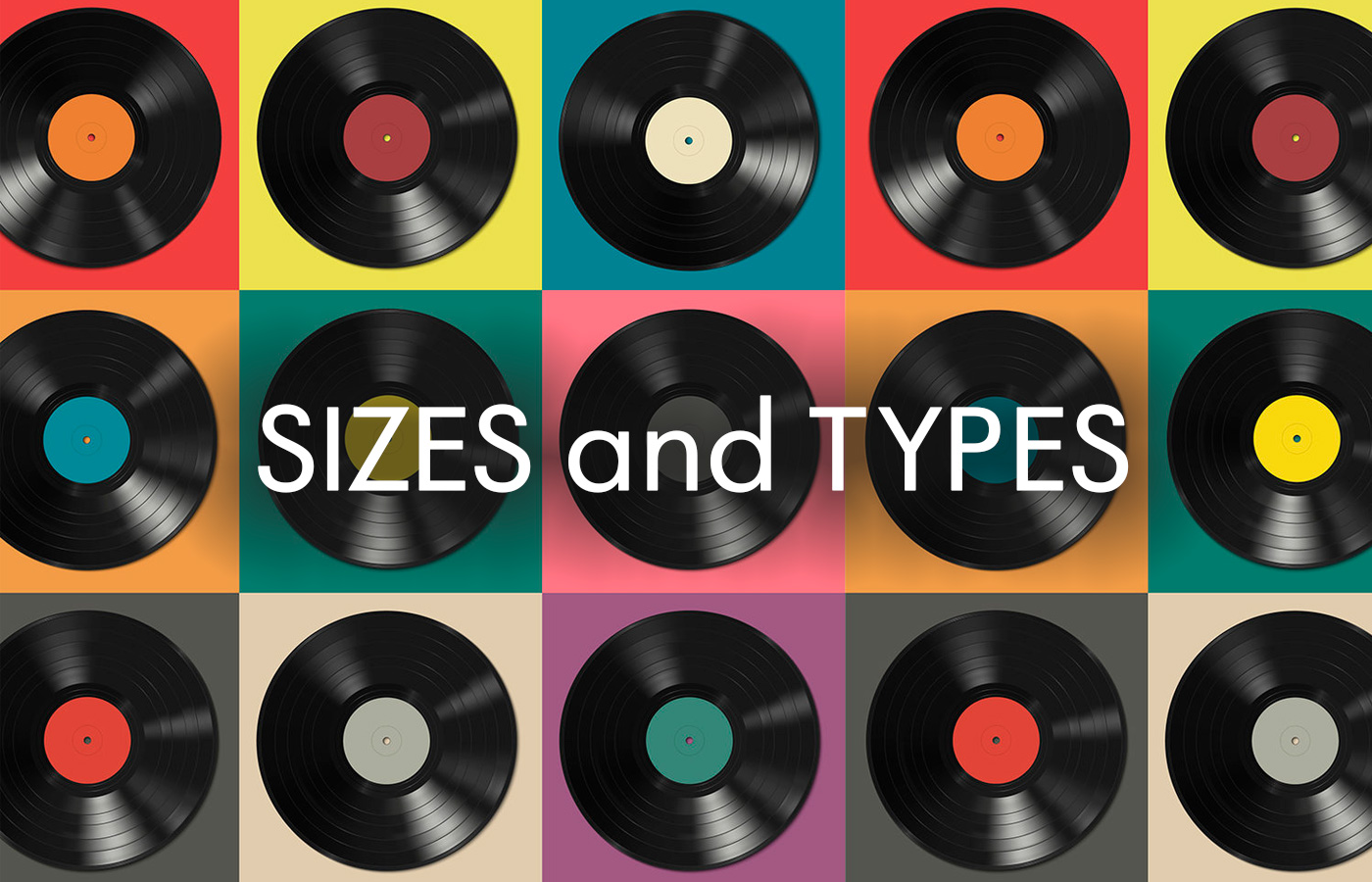
Types of Vinyl Records
Vinyl records come in a plethora of varieties, and there are countless names for each of them.
There are more sorts of discs than there are names for them, which is where a lot of the
ambiguity arises. Every vinyl records distributor will tell you there are numerous ways to refer to
a single vinyl disc. Today we will make sense of it all. After this article, you’d be able to make
vinyl records wholesale purchases. Let’s start with the sizes of vinyl records:
Sizes Of Vinyl Records
There are different sizes of vinyl records and a ton of misconceptions about the amount of
information each category can hold. You must remember that the size of a record is not the
most important factor in deciding the amount of music you'll get.
1. 7-inch
It's one of the most prevalent varieties of vinyl records out there. Since the 1940s, they've been
in existence. If you're digging through an older relative's collection, you may stumble across 7-
inch singles from the 50s and 60s. An adapter may be needed to play 7-inch records on a
regular record player. A record insert or spindle adapter may be required, but not a particular
stylus or needle.
2. 10-inch
78 RPM is the standard speed for this type of record, which is often a shellac-based record.
Although 12-inch LPs have been available for decades, they tend to be heavier and thicker than
their modern counterparts.
3. 12-inch Records
Standard full-length Long-Playing Albums have been around for decades and are still being
released today. In recent years, they've become the accepted standard for full-length albums
due to their capacity to store around 45 minutes of music.
4. 12-inch Singles
It's worth noting that 12-inch singles are still available, and they were popular for a time. Each
side had one or two songs, although they were the same size as full-length LP albums. They're
still supposed to be played at 45 RPM like a 7-inch single.
Speed Of Vinyl Records
Vinyl records are available at three speeds: 33 1/3 RPM, 45 RPM, and 78 RPM. RPM is an
abbreviation for "revolutions per minute," which indicates the speed at which a record should
spin.
In the past, record rotation speeds varied from 70 to 80 RPM, but by the 1920s, 78 RPM had
become the standard. This had a major drawback in that it could only carry a few minutes of
music at such a fast pace. It was only a matter of time until the slower-playing but wider-grooved
33 1/3-rpm LP (Long Play) record format and the faster-playing 45-rpm format began to
challenge each other after World War II. According to the sort of music they contained, the early
45s were released in different colours. 33 1/3 and 45 RPM are still the most common speeds,
but 78 RPM recordings were generally phased out by the mid-1950s.
Weight Of Vinyl Records
The record's weight is also an essential consideration. 12-inch records, which typically weigh
between 120 and 140 grams, have dominated the vinyl market for the past two decades. The
latest records, on the other hand, can weigh up to 220 grams. Despite the term "audiophile-
grade" being used, this does not necessarily imply that these records sound better.
In addition to providing a better platform for the stylus to rest on, the greater weight of these
disks makes them more durable and less prone to warping. Listening to heavier recordings may
provide a higher level of fidelity. However, this sort of vinyl is frequently more expensive than
the ordinary grades, with a price tag of $50 or more per disk compared to the $10 to $30 price
tag for a standard record. It's important to note that the groove depths on all releases are the
same, regardless of weight.
Conclusion
When it comes to listening to music, nothing beats the sound of a vinyl record being played on a
Crosley, Victrola, or high-end system, regardless of whether you believe that vinyl is warmer.
Even though we're big fans of streaming, the physical experience and vibe of handling different
records are unique. To begin a song on a turntable, you must lower the needle and hear the
crackle as the song begins. It's time to sit back, relax, and listen to a complete album in the way
that the artist intended.